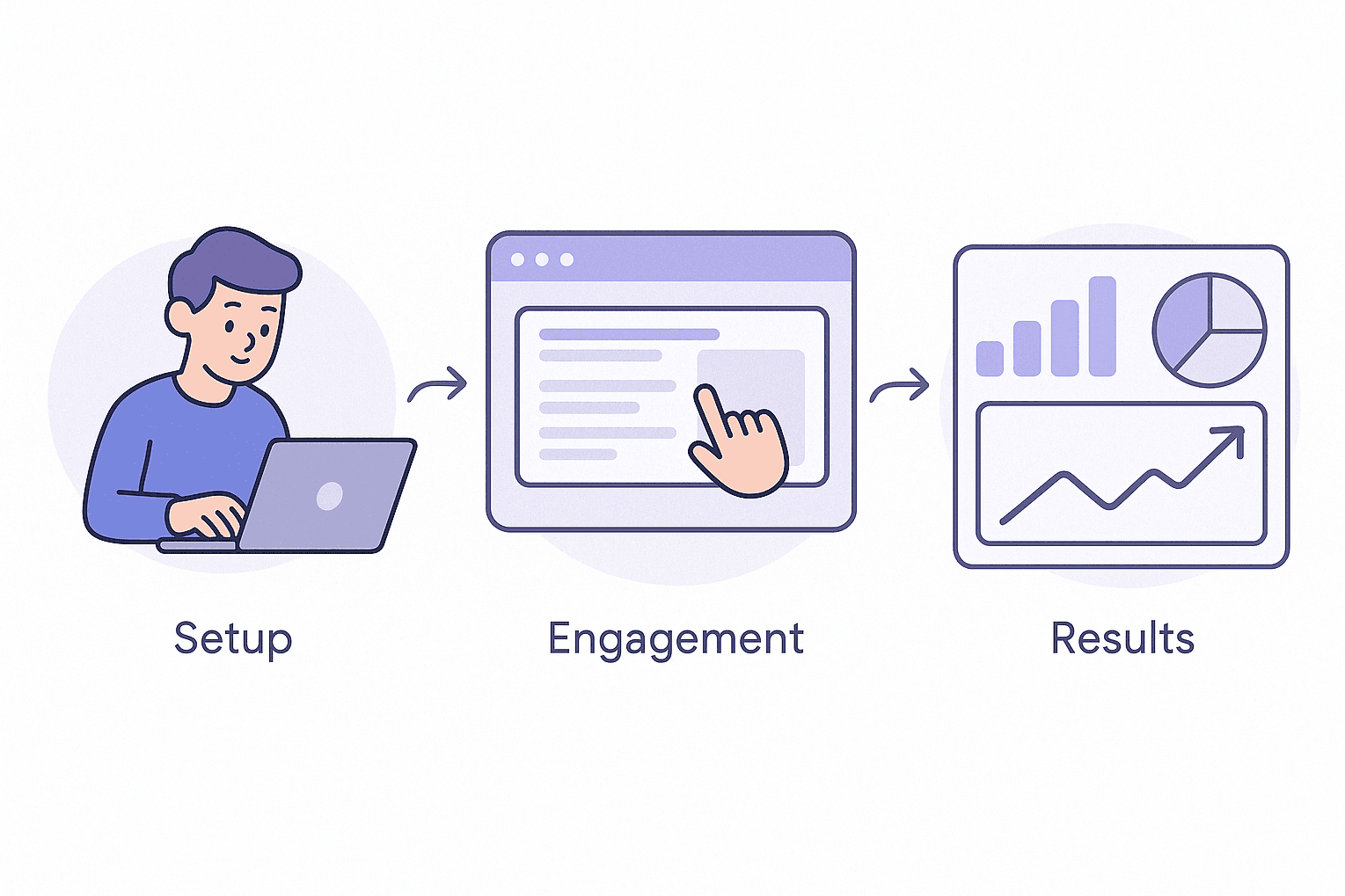No products in the cart.
Buy Website Traffic SearchSEO: The Hidden Strategy Behind Faster Rankings
Every website owner knows the feeling. You pour hours into writing content, polishing your layout, researching keywords—and then you wait. Days pass. Weeks. Sometimes months. Your analytics dashboard stays as still as a sleeping lake, barely a ripple of activity.
That painfully slow start is the silent killer of thousands of new websites.
And it’s the exact reason businesses quietly search for ways to buy website traffic SearchSEO—not to cheat the system, but to finally give their site the momentum it deserves.
This isn’t about inflating numbers or chasing vanity metrics. It’s about understanding why early traffic matters and how SearchSEO has become the hidden accelerator for brands fighting their way out of digital obscurity.
Why Early Traffic Is a Make-or-Break Moment for New Websites
Search engines are suspicious by nature.
They don’t trust new websites, even if they’re brilliant. To them, a new domain is an unproven newcomer standing in a long line of competitors. Until real users show signs of interest—clicks, dwell time, scrolling, exploration—Google won’t hesitate to keep you buried on page ten.
Traffic isn’t just a number.
It’s a signal.
A message that tells the algorithm, “People care about this site.”
That’s where SearchSEO enters the picture, not as a cheat code, but as a strategic push.
What Makes SearchSEO Different from Old-School Paid Traffic
Paid traffic has long carried a bad reputation—and honestly, it earned it.
Years ago, buying traffic meant bots, random visitors, low-quality clicks, fake engagement. Numbers went up, but nothing meaningful followed. Search engines learned to detect this junk, and site owners were left discouraged.
SearchSEO flipped that script.
Instead of dumping meaningless traffic, it focuses on:
Human-like behavior patterns
Realistic visit durations
Organic-looking browsing paths
Search-intent-based entry points
Niche relevance
It doesn’t try to fool algorithms.
It tries to mirror the way real humans behave online.
That authenticity is why many marketers quietly adopt the strategy, even if they don’t openly admit it.
How Paid Traffic Becomes an Engine for Faster Rankings
Let’s be brutally honest: traffic alone doesn’t hand you page-one rankings.
But it does something far more valuable—it awakens your website in the eyes of search engines.
Here’s how the domino effect usually unfolds:
1. Increased Crawling Frequency
Search engines tend to crawl active websites more often. When SearchSEO traffic starts flowing, your pages get indexed faster and updated more frequently.
2. Stronger Engagement Signals
Visitors who behave like real humans—scrolling, reading, navigating—send trust signals to search algorithms.
This is the subtle currency of SEO.
3. Lower Bounce Rates, Higher Retention
When engagement improves, search engines start assuming your content delivers value. That assumption leads to more impressions, which lead to more clicks, which create a feedback loop.
4. Social Proof for Organic Visitors
It’s odd, but true:
When people feel a website has activity, they explore more. Traffic creates confidence.
5. Ad Platforms Rely on Warm Data
If you plan to run ads, platforms like Meta and Google Ads perform better when your website already has behavioral data. Paid traffic becomes the warm-up lap.
None of this is accidental.
It’s architecture.
But Let’s Be Transparent — This Isn’t a Shortcut for Everyone
SearchSEO is powerful, but only when used with intention.
It won’t help if your website:
Has thin, weak, or repetitive content
Loads slowly
Lacks a clear purpose or offer
Isn’t optimized for mobile
Feels unfinished or empty
Paid traffic exposes flaws instantly. SearchSEO becomes a spotlight—if your foundation is shaky, the results might feel disappointing.
It’s not a magic wand.
It’s momentum.
And momentum works best when the machine behind it is ready.
How Real Brands Use This Strategy Quietly
You won’t see large brands announcing this publicly, but behind the scenes, many do it. When a new landing page launches or a fresh domain goes live, companies need one thing more than anything else: signals.
SearchSEO provides those signals while preserving authenticity.
A small fashion brand shared an example recently. They launched a new niche site, poured heart into the writing, and waited. Nothing. So they decided to buy website traffic SearchSEO to spark early movement.
Within three weeks:
Their articles began appearing for low-competition keywords
Organic impressions increased
A handful of pages jumped from nowhere to page four
A few unexpected organic sales came through
Not because the traffic converted—but because it woke up their presence.
That’s the hidden strategy many don’t discuss openly.
The Real Power of SearchSEO: Turning Silence into Momentum
The digital world rewards activity.
Search engines trust engagement.
Users trust movement.
Algorithms trust signals.
SearchSEO’s greatest strength is that it turns a silent, unnoticed website into something that looks alive.
Not with fake hits.
Not with shallow clicks.
But with behavior that resembles genuine curiosity.
If organic SEO is the long, steady climb…
SearchSEO is the initial push that helps you reach the slope faster.
It doesn’t replace hard work.
It amplifies it.
Final Thoughts
Buying traffic has always been a controversial subject, but the landscape has changed. When done intelligently, ethically, and with the right provider, it’s no longer a shady shortcut—it’s a strategic ignition.
SearchSEO sits at the center of that shift, helping websites build early traction, send the right signals, and step onto the playing field with confidence.
In a world where countless websites die unseen, momentum is not optional.
It’s survival.
And sometimes, the smartest move you can make is the one happening quietly behind the scenes.











